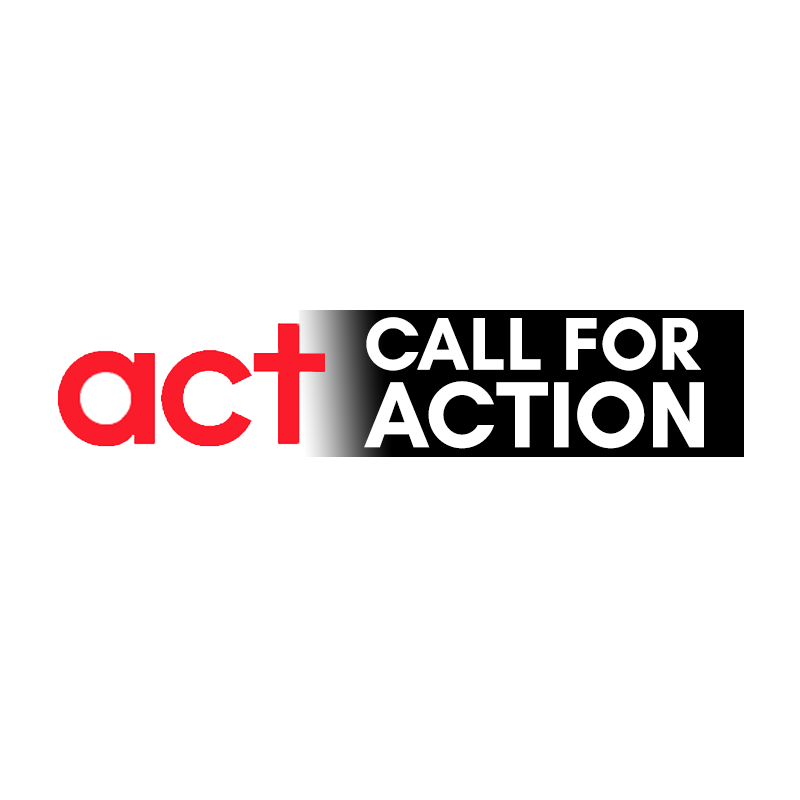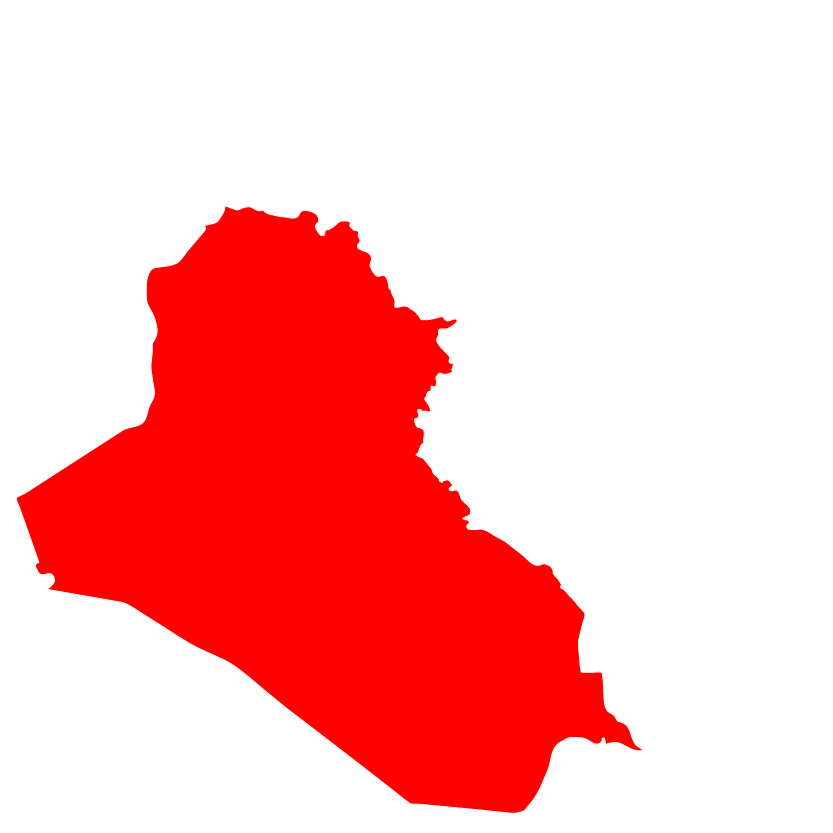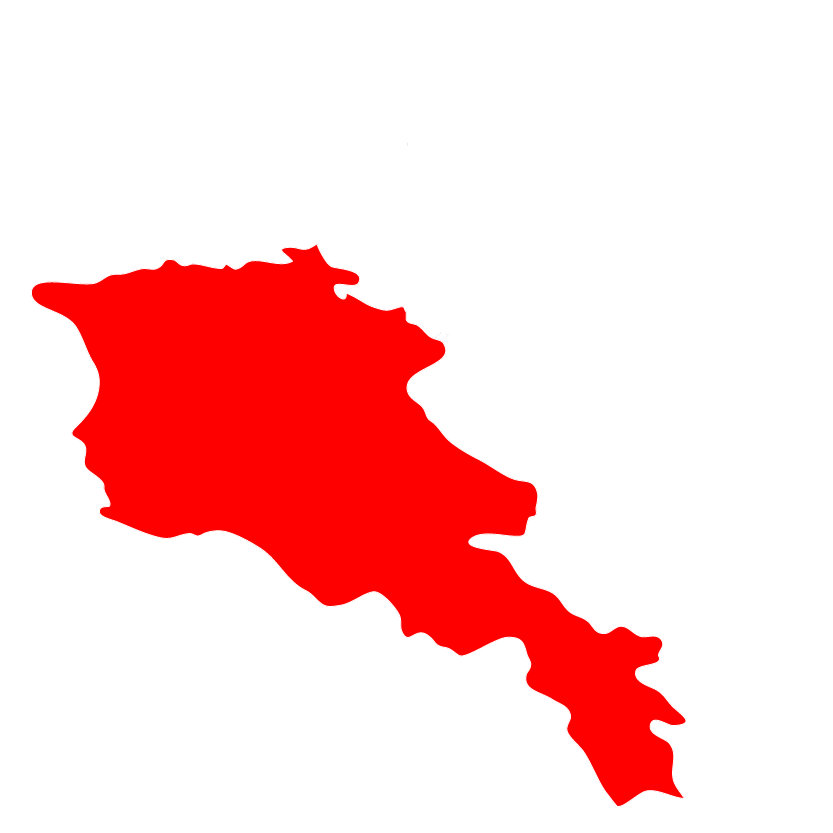In the morning of Monday the 15 October 2018, the region of Kasai in the Democratic Republic of Congo, was faced with a fast-developing humanitarian situation following the expulsion of more than 257,872 Congolese from Angola between 1st and 15th October 2018.
In a media briefing in Geneva, the UNHCR indicated that Congolese people are returning to a fragile Kasai Region that is still suffering from the impact of the 2016/17 conflict. According to local media reports, Congolese nationals were given up to 15th October 2018 to leave Angola. The returnees entered DRC through many entry points, the main one being Kamako in Kasai Province and Luambo in Kasai Central Province.
According to UNOCHA, the expulsion of Congolese from Angola follows the decision of the Angola government to ban artisanal mining which many Congolese were involved in as a source of livelihood while in Angola.
Unfortunately, people are returning with and to nothing, with many currently housed in churches, schools, makeshift shelters or with host communities in the region of Kasai. The people are returning to a region that has had waves of communal violence, a region that remains fragile where many are still facing many unmet needs.
The dire situation is further compounded for returnees who are already vulnerable; women and girls who are living in the open are at risk of gender-based violence. Pregnant and lactating women are at risk of lack of food, children (especially those under 5) are at risk of malnutrition.
The ACT DRC Forum will establish an open line of communication with crisis affected persons and communities to ensure a humanitarian response based on participation, inclusion and feedback. ACT DRC Forum members namely Lutheran World Federation (LWF), Christian AID (CA), BOAD, Salvation Army, Eglise Evangelique Lutherienne du Congo (EELC) and Church of Christ in Congo (CCC).will jointly apply for a Kasai Revised Appeal.
In collaboration with relevant stakeholders, ACT DRC forum has identified a gap in Nutrition, WASH, Safe Shelter, food, NFI’s, livelihoods, food security, Protection, Community Based Psycho social Support and education and has resolved that if funded, it will have the capacity to properly bridge the identified gap.








